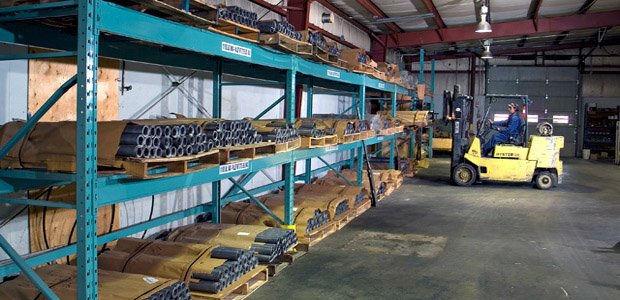 Friday, May 3, 2024
Friday, May 3, 2024  Friday, May 3, 2024
Friday, May 3, 2024 
Sheet lead is a common, quick and cost-effective method to efficiently shield radiation in dental offices, vet clinics, health clinics, hospitals and other areas. It can also be used for roof flashing and can be laminated to drywall or plywood depending on your needs. Many customers have questions about sheet lead orders and clarifications about what we offer. We’ve gathered all the important information you need to know about sheet lead to help you complete your order below.
Lead sheets are rolled from 1/32” to 1/8” to save on freight costs by being able to put more lead on a smaller skid. The 1/8” material is quite heavy, so they are put onto 4” coils to make unrolling them easier. The lead in ¼” x 4 x 5 ft is shipped flat due to its weight and thickness.
When you are shielding from radiation it is mandatory and essential to ensure there is no radiation shine through, or leaking, whatsoever. The ministry of health requests you overlap your sheets by 1”. A strip makes your work easier because you can simply put the lead strip right down the seam where the lead meets. The strip is 2” by the length of your sheet. Typically, 7ft, 8ft, and 10ft long. The strip goes down the seam and overlaps 1” on either side. Strips are also great for getting into the more challenging areas such as around an outlet or a corner. Lead discs will be glued onto the countersunk screw head to again insure there is no way of having a radiation leak. You will always be given enough lead discs based on how many rolls you order. For strips, it is recommended that you order one strip for each sheet of lead.
Keep reading this blog on MarShield.com